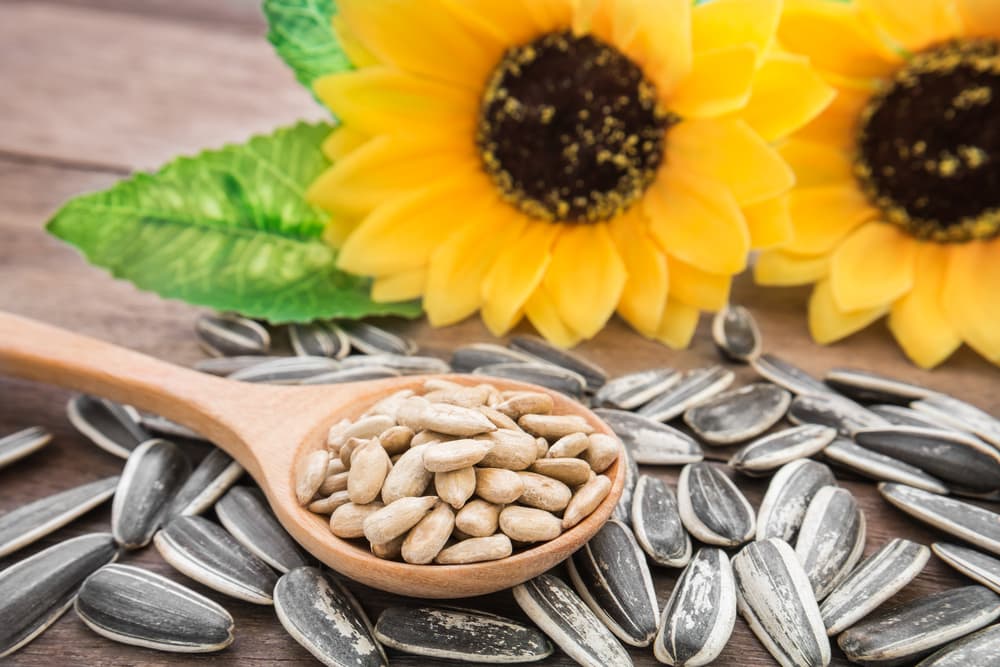Contents:
- Medical Video: What Your Nails Say About Your Health
- What are the most common types of nail fungus infections?
- 1. Distal and Lateral Onychomycosis (DLSO)
- 2. Proximal Subungual Onychomycosis (PSO)
- 3. White Superficial Onychomycosis (WSO)
- 4. Candidal onychomycosis
- 5. Endonyx onychomycosis
- 6. Total Dystropic Onychomycosis (TDO)
Medical Video: What Your Nails Say About Your Health
Mushroom nails, or what is known as onychomycosis, is one form of infection that is most often experienced by adults. Although nail fungus infections do not endanger lives, this condition still needs to be dealt with immediately. If not, nails can change color and even brittle until broken, which can be a gateway for other bacteria to enter the body. Untreated toenail fungal infections can cause pain, making it difficult for you to walk. However, the treatment of nail fungus infections can vary depending on the pathogen causing it.
What are the most common types of nail fungus infections?
Here are six types of fungal nail infections that most often affect adults.
1. Distal and Lateral Onychomycosis (DLSO)
DLSO nail fungus infection is caused by a type of fungus Trichophyton rubrum. This fungus can develop on the fingernails, but more often attacks the toe nails. The infection begins when the fungus colonizes the nail pad and the bottom of the nail, which then extends to the nail matrix (forming new nail tissue under the skin). Over time, this fungal infection damages the outer skin layer around the nails. Next the nail will turn yellow-brown.
2. Proximal Subungual Onychomycosis (PSO)
PSO fungal infections are also caused by Trichophyton rubrum, however this type of infection is less common. PSO infection usually attacks the toenails of HIV patients. Mushrooms will enter through cuticle at the base of the nail and into the nail matrix to attack new nails that will grow. Then the mushrooms will rise to the surface. The common symptoms of PSO are subungual hyperkeratosis, white spots, the color of the nails become milky white, and the outer ends of the nails are brittle and damaged.
3. White Superficial Onychomycosis (WSO)
WSO is caused by Trychopyton interdigitale. WSO only occurs in about 10% compared to other types of fungal nail infections. This fungal infection occurs with the entry of fungi in the outer layer of the nail directly. Clinical symptoms that appear at the WSO are white patches forming like an island on the nail. Then the nails will become brittle and soften. Inflammation that occurs is usually minimal.
4. Candidal onychomycosis
Nail fungal infectionscandida caused by fungicandida, which is also a cause of candida skin infections (such as ringworm and ringworm, to chronic candida) and bacterial vaginosis. Candida albicans will enter all parts of the nail and cause discoloration into vaginal discharge and inflammation of the tissue that attaches around the nail. Infection candida more common in women than men.
5. Endonyx onychomycosis
This type of fungal infection is rare and is usually caused by Trychopyton soundanense or Trychopyton violaceum. Clinical symptoms that appear in this infection in the form of the appearance of changes in the color of the nail into milky white.
6. Total Dystropic Onychomycosis (TDO)
TDO nail fungus infection is the most severe level of onychomycosis, and is a continuation of DLSO or PSO which is not treated until it is completely cured. The nails will thicken and be yellowish in color.
Consult your doctor about your nail fungus infection and the accompanying symptoms to get the right treatment.












